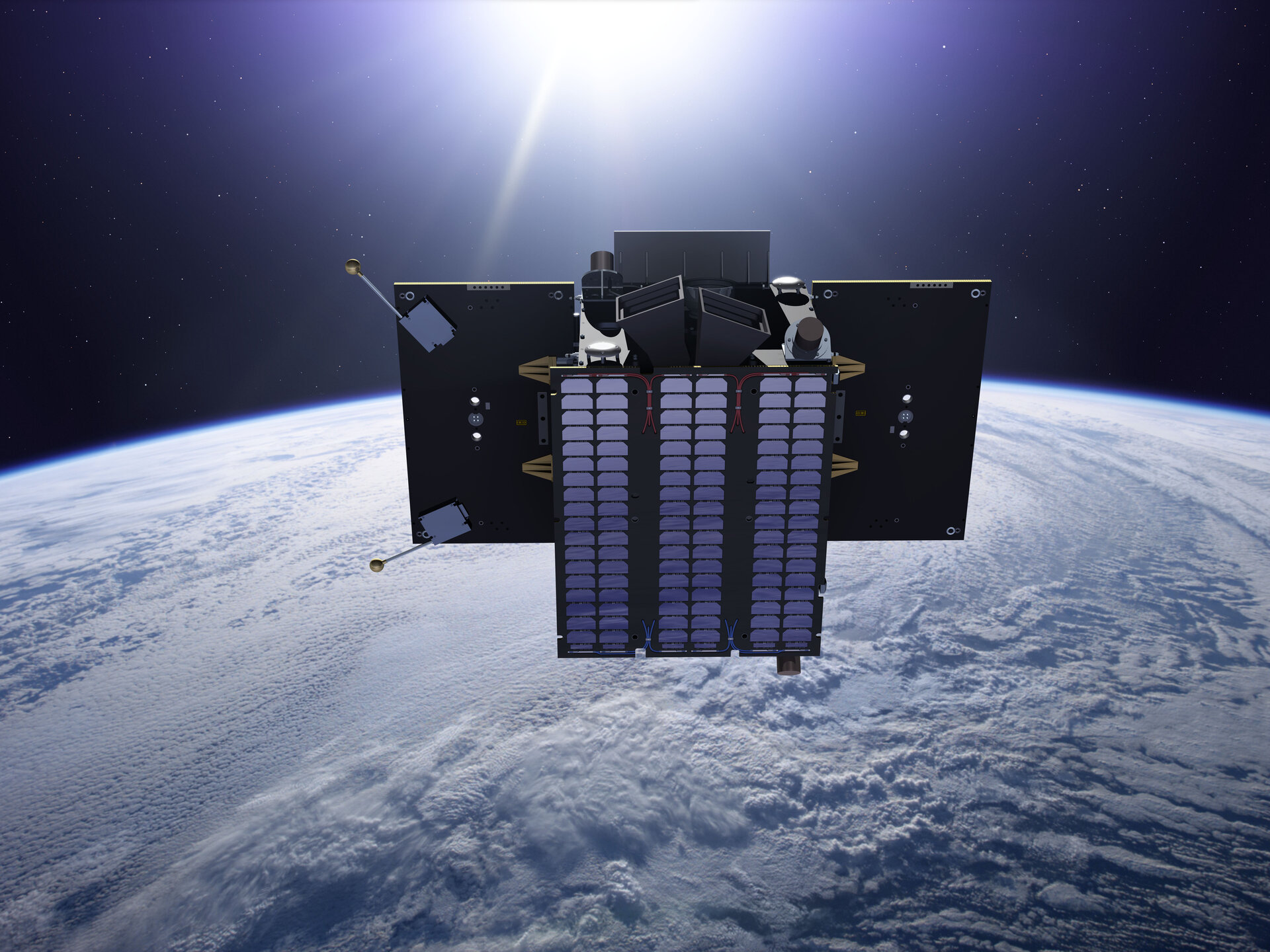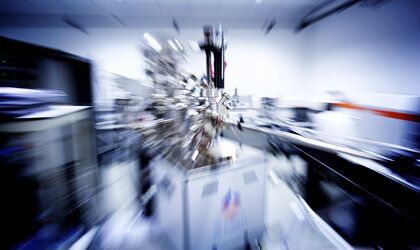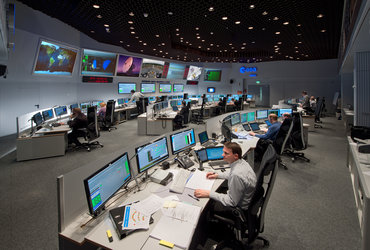New inventions putting squeeze on satellite data
The smarter space missions become, the more ‘housekeeping’ data they generate. In theory, this is good news, enabling greater oversight for ground controllers. But with communication links limited in capacity, floods of this telemetry data risk crowding out payload data – the scientifically or commercially valuable information the mission is there to provide. A new ESA-patented data compression method, soon available for use by all missions, helps prevent this from happening.
ESA spacecraft operations engineer David Evans has invented a family of telemetry compression methods, one of which is about to turned into a data compression standard by the Consultative Committee for Space Data Systems (CCSDS), a multinational forum for the development and sharing of data standards and best practices.
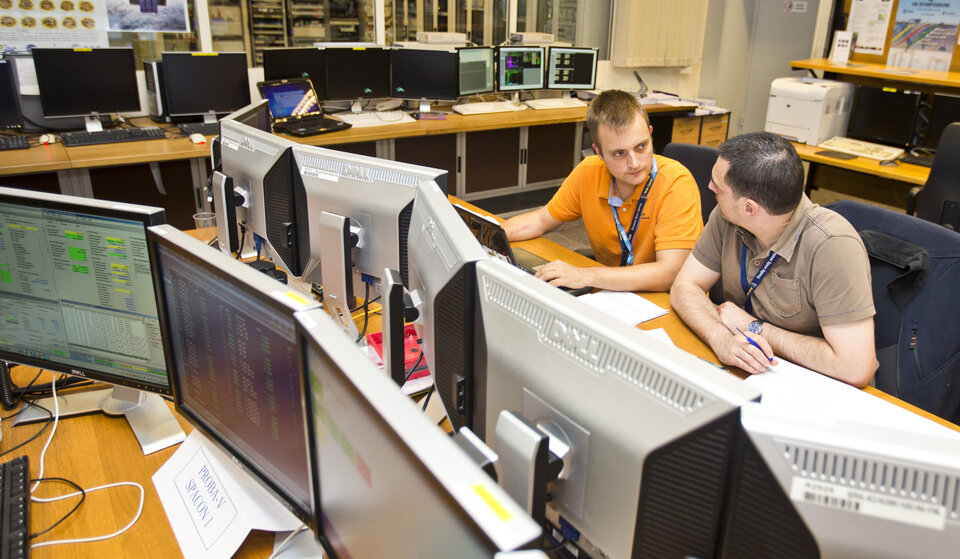
“Telemetry isn’t payload data” explains David. “Bandwidth is always limited and if stuff isn’t payload data, it’s not productive. It’s overhead, basically, taking up space that could otherwise be used to make money or do science.
“The challenge is that the amount of telemetry has gone up tremendously, while our bandwidth hasn’t. There are thousands and thousands of parameters available; we need to get as many as possible of them into the ground system, as fast as possible, without affecting the main mission.

“I got involved with a project on smart telemetry to do just that, but discovered it was more complicated than it seemed. While there is a lot of redundancy in telemetry, it simply doesn’t compress well with simple, fast algorithms. We tried it with one standard CCSDS compression software and the size of our data actually expanded!”
The problem comes down to the way that housekeeping data are structured. There is a mix of all different types and lengths of information. David adds: “It’s like having of dozens of different authors all writing their own books in various languages, but it’s all being written down together at the same time.
“This causes problems for compression algorithms that are searching for repeated elements then avoiding having to transmit them all. There’s no way an algorithm can sort this mess out to find the repetition without some help to work out what’s what.”

Data from the various parameters have some factors in common – imagine if they are all variations on the sentence ‘the cat runs up the hill.’ But with the data coming in real time, word after word, then there is little ability to find and reduce the repetitious elements.
Instead David’s approach was to scrutinise the data differently, switching point of view to adopt a sentence level overview instead of word-by-word. “We make what is called a mask, assuming the standard sentence is ‘the cat runs up the hill.’ We don’t need that sent to us, just to notify us about the times when the mask changes – such as ‘the cat runs down the hill’, ‘the dog runs up the hill’ – and say what the changed word is.”
His first attempt was based on pre-processing of stored telemetry data, but David went on to realise that mission teams actually needed real-time compression to compress data packets as they are created. He invented a software system called POCKET, which was tested aboard ESA’s technology demonstration minisatellite Proba-2.
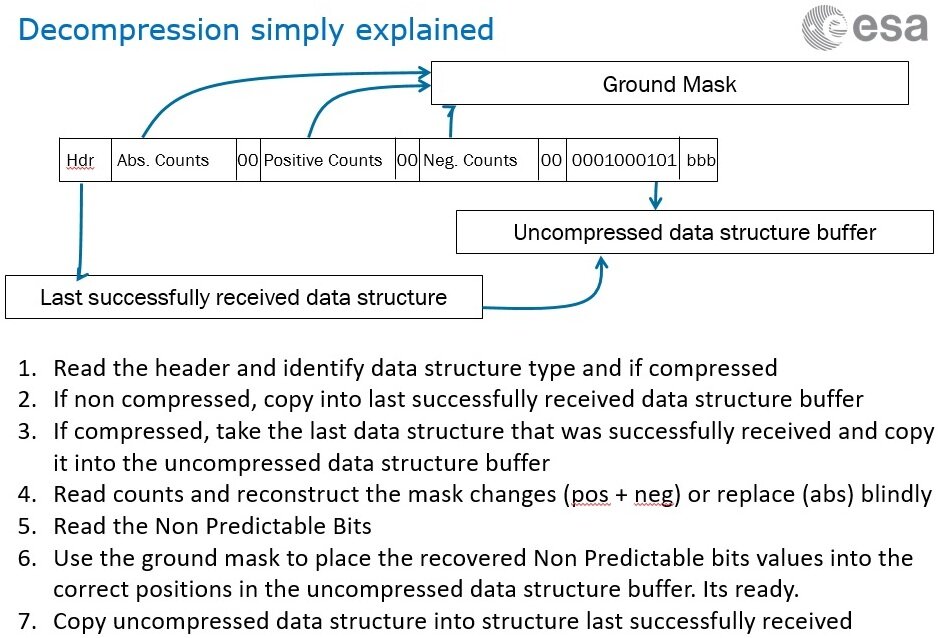
“That showed it worked well overall, with an average fivefold compression factor, but it depended on a complex ground configuration to keep synchronised with the satellite,” adds David. “The Proba-2 experience taught us how painful this could be. So I began working on a follow-on, POCKET+, that could update its configuration automatically, without ground synchronisation.
“Meanwhile I met someone from the European Patent Office. I was under the understanding you can’t patent software, which is true, but it turns out you can patent the method behind the software. So when I got back to ESA, I got in touch with our own patents team.
“Because ’d already published papers about my first compression method we couldn’t patent that in Europe but we could in the USA if we were fast enough. It was a steep learning curve but we managed to raise e the first patent submitted by someone working at ESA’s ESOC mission control centre in Darmstadt, in a quarter of a century.” David went on to submit three more successful patents in the POCKET series over the next ten years.
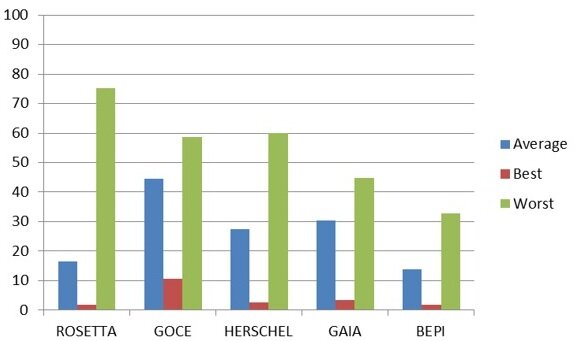
David found the patent process to be valuable in various ways. “To start with, it’s an endorsement. Whenever someone tries to do something new, there’s resistance, and the first line of resistance is ridicule: your idea’s no good. Having a patent confirms not only that your idea works but that it’s genuinely new – the patent lawyer carries out a thorough survey of the present state of the art to ensure this.
“As a matter of fact, that has helped stimulate the development process. In preparation for my second patent the patent team found that a researcher called Paul Staudinger had actually developed almost exactly the same pre-processing approach for ground-based databases. I was devastated!
“We found this out the week before I was going before the patent board, and it meant I’d have to modify what I was doing or drop it. I remember staying up all night and thinking about how it could be improved , and it was then I came up with a way of compressing the stream of housekeeping data in real time.
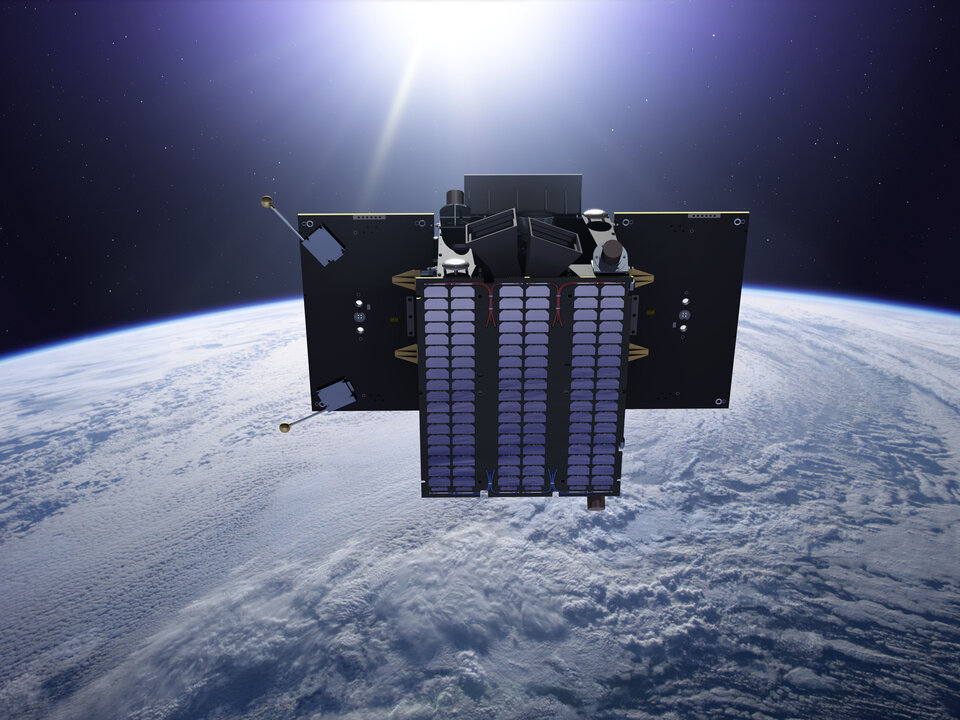
“It’s a good process because it’s intellectually challenging. It demands you explain in simple terms why your invention is useful, what’s new about it and what would the market be.”
It is POCKET+ that is being adopted as a new CCSDS standard for telemetry data compression, once a rigorous process of endorsement by global space data experts is complete.
In the meantime David has also developed and patented a further member of the family, POCKET++, which delivers added performance in certain circumstances.
In parallel, he has opened up opportunities to perform much greater in-orbit testing of experimental software approaches, by devising and leading ESA’s OPS-SAT mission [LINK]. Launched in December 2019, OPS-SAT is a flying software laboratory with a powerful onboard computer expressed designed for the live testing of novel control systems.
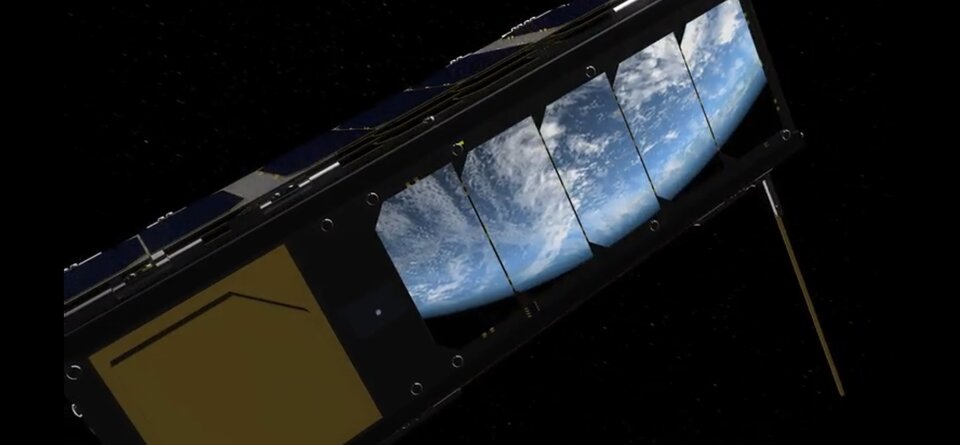
“From my POCKET experience, I found that the problem with any new idea like this is that it is difficult to get anyone to take it seriously until it has actually flown in space – which obviously has been really hard with mission-critical software. With OPS-SAT, that changes, and all kinds of innovative concepts will be tried out for real, so they can be taken further forward faster.”
The family of patents related to the telemetry compression methods invented by David Evans are managed by ESA’s Technology Transfer and Patent Office (TTPO) and available for licensing by European companies for space and terrestrial applications.
The TTPO also finances technology transfer ‘de-risking’ activities in order to prove the relevance of a technology/know-how for another technology field.

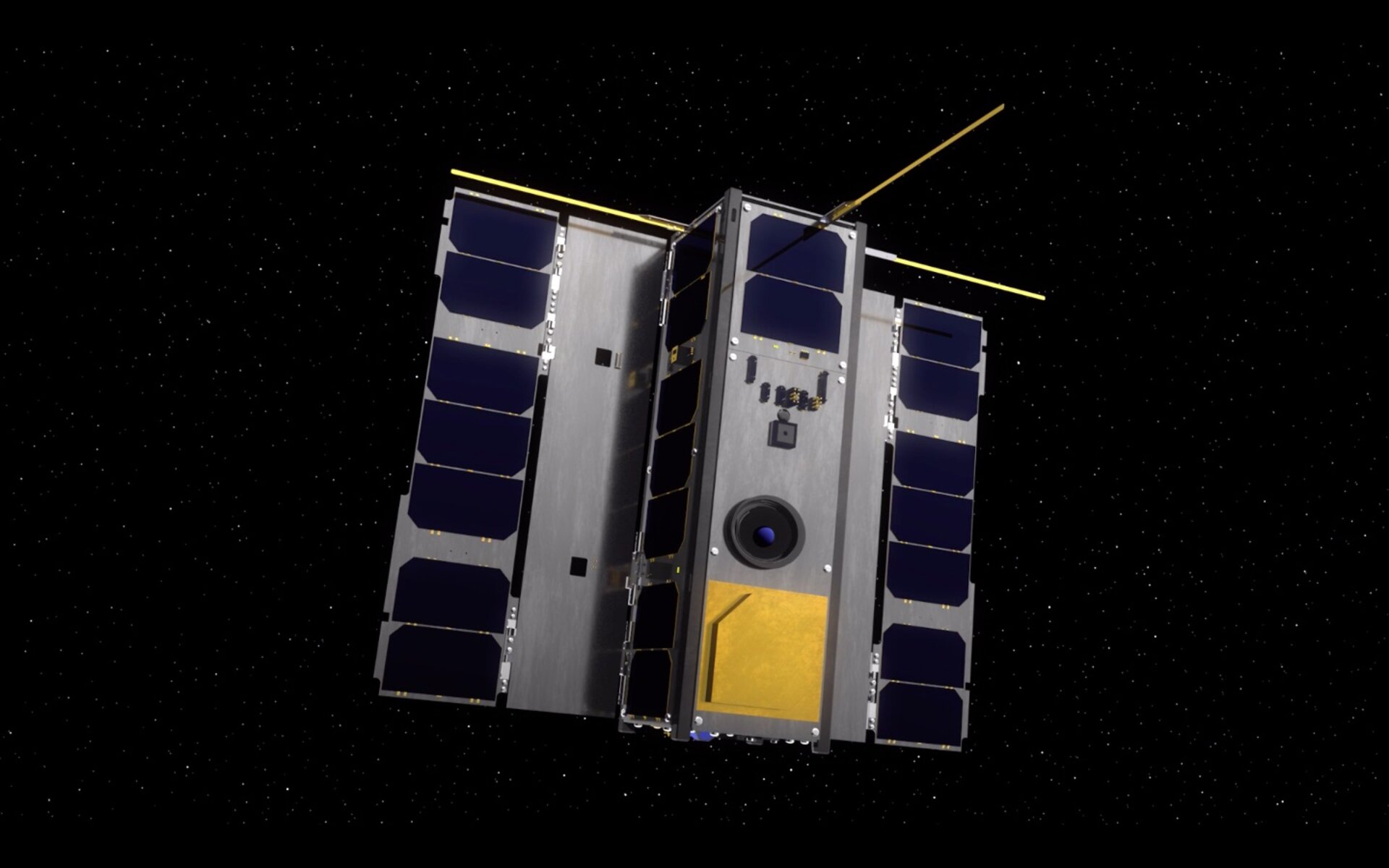
Access the video


